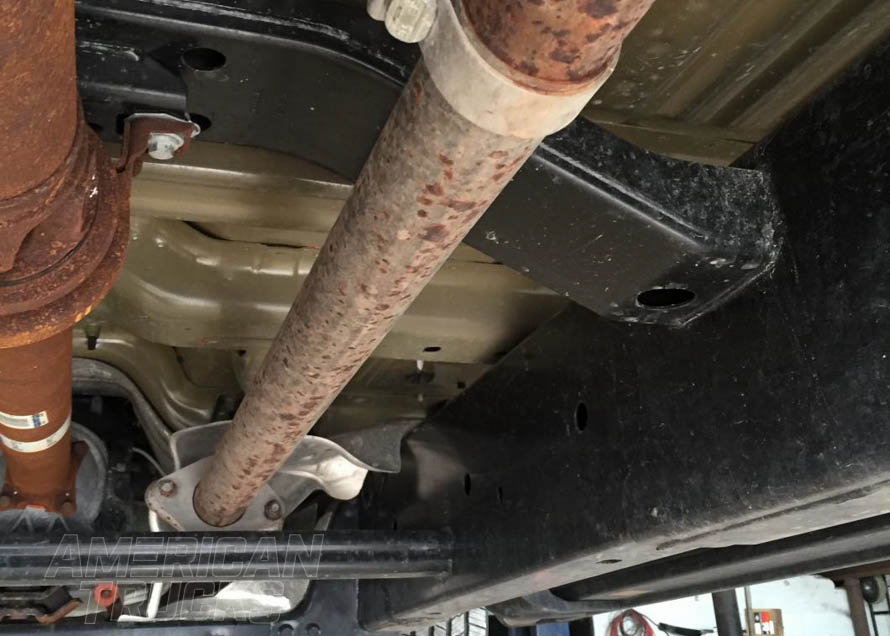All F150 pickup trucks from 1997 and onward have come equipped with a 2.5” diameter mid pipe. Built as a y-pipe configuration from aluminized steel, each upper leg of the y-pipe features an inline catalytic converter with an oxygen sensor located upstream and another downstream of the cat. As is typical of the mass production mindset, Ford original mid-pipes are intended to straddle cost efficiency with performance and emissions. To further put things into perspective, a 1997 Ford F150 with a 4.2L V6 produced 205 horsepower. A 2018 F150 with a 5.0L V8 or 3.5L EcoBoost V6 produce 395hp/400 lb-ft and 375hp/470 lb-ft, respectively. That is nearly double the power output of the 4.2L V6 and yet they all use a 2.5” mid-pipe. Suffice to say, there is likely plenty of extra performance to wring out by upgrading that factory mid pipe.
Contents
Shop F150 Mid-Pipes
A mid-pipe, not to be mistaken for a middle child, is the piece of your truck's exhaust that contains the catalytic converters. Unfortunately, they're necessary for emissions compliant vehicles, but there are high flow options to improve flow. There are also cat-delete pipes for race trucks.

